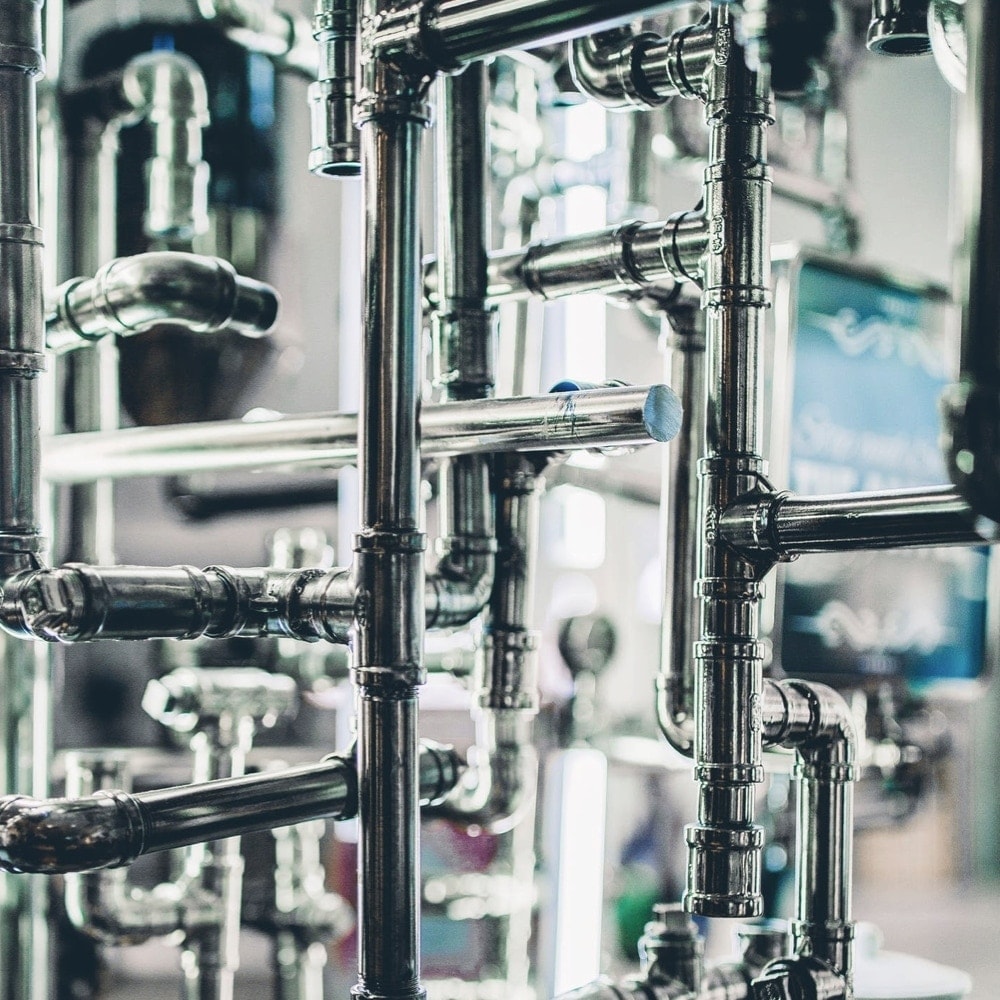Your cart is currently empty!

Check Metals
79.00€
Many installations in buildings and homes may contain metals in pipes, tanks or other equipment or materials in contact with drinking water, as lead, copper, chromium, nickel or iron, so it is important to know his possible presence.
Purchase instructions:
- If you want to complete your analysis, select the personalized options FIRST.
- Add product to cart
What parameters are included in the analysis?
Cu
The primary sources of copper in drinking water are corroding pipes and hot water heaters which may lead to problems such as greenish-bluish stains around bathroom appliances and fixtures and, in some occasions, bitter taste.
The maximum level of copper in drinking water is 2 mg/l.
The maximum level of copper in drinking water is 2 mg/l.
Pb
Lead was commonly used in the 70’s in household plumbing materials and water service lines. Currently, its use is forbidden; however, there are many homes built before the 80’s which have lead pipes.
Lead is a extremely poisonous metal. Lead in high concentrations is believed to have adverse effects on the central nervous system, kidneys and cardiovascular system, etc.
The maximum acceptable level of lead in drinking water is 0.025 mg/L (25 µg/l). From 2014 onwards, its limit will be 0,010 mg/l (10 µg/l).
Lead is a extremely poisonous metal. Lead in high concentrations is believed to have adverse effects on the central nervous system, kidneys and cardiovascular system, etc.
The maximum acceptable level of lead in drinking water is 0.025 mg/L (25 µg/l). From 2014 onwards, its limit will be 0,010 mg/l (10 µg/l).

